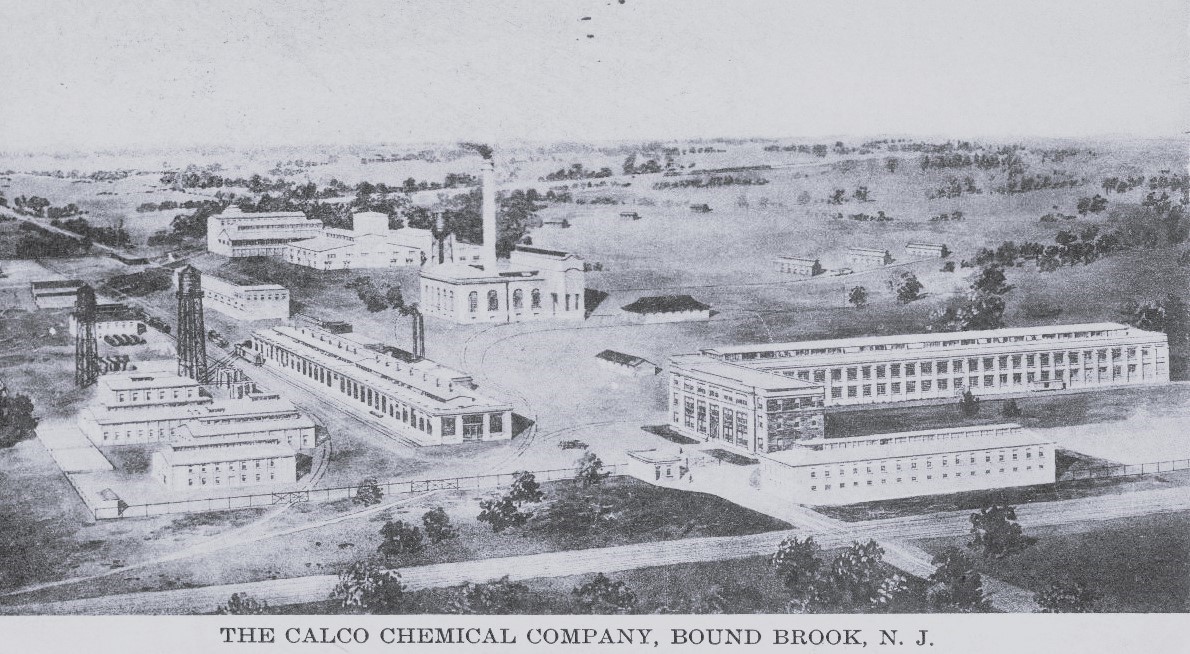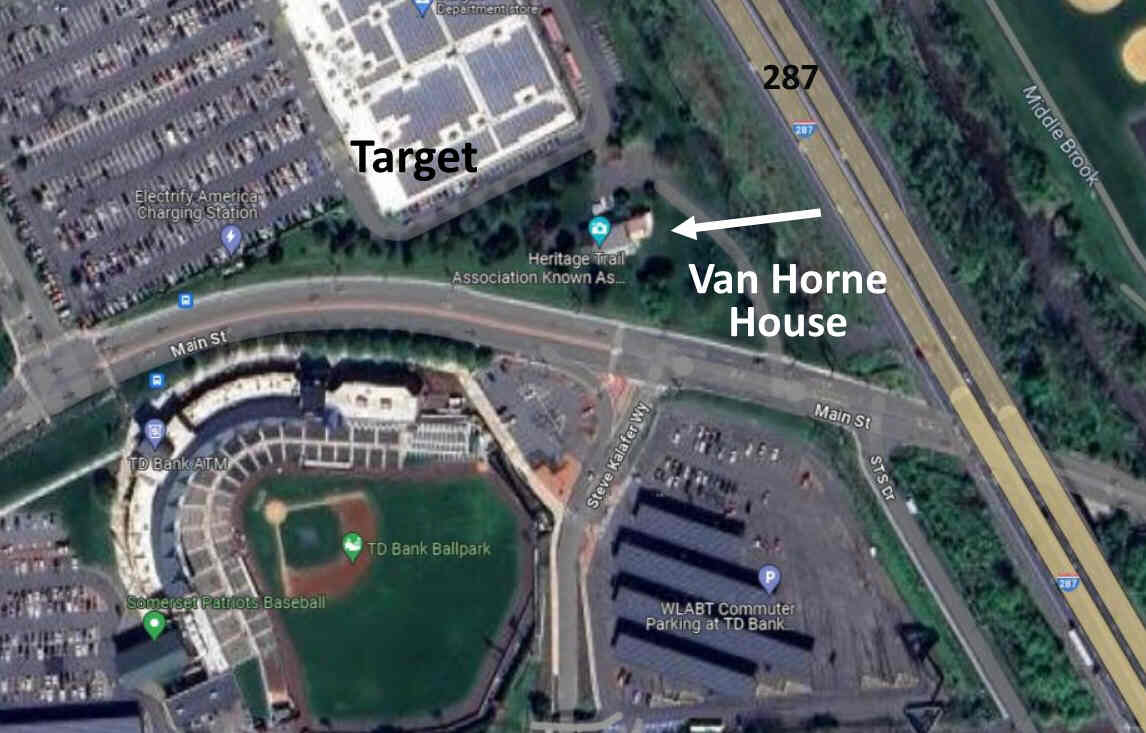By Bruce Doorly

The home was built around 1750. A surviving land map shows the Van Horne property was vast as it consisted of an estimated 2370 acres.
In the north, the original property extended up toward the mountains.
Toward the south, it went to the Raritan River.
To the west, the property went up to Polhemus Lane, and to the east, to the Middlebrook stream.

Their separate portraits are today mounted in the living room of the house. These portraits are copies from the 1940s of originals done around 1738 when the couple got married. (Ironically, this married couple’s portraits were painted separately.)
Philip Van Horne was a wealthy merchant. During the Revolutionary War, he was known for his great hospitality to both the Americans and the British. His house became known as Convivial Hall. One captain wrote that "His house, used as a hotel, seemed constantly full." The Van Hornes had four attractive daughters who were said to be much admired by both armies.
The Van Horne House is no exception.
During the Revolutionary War the house was involved in the “Battle of Bound Brook” as the battle spilled over into Bridgewater.
On the evening of April 12th 1777 British troops, four thousand strong, commanded by General Charles Cornwallis started marching from their camp in New Brunswick. Their battle plan was to divide up into four divisions, each taking a different route and attack the Americans at their lightly defended, just five hundred troops, outpost at Bound Brook.
The British goal was to capture equipment, kill or capture American troops, and capture General Anthony Wayne and General Benjamin Lincoln who were thought to be staying at the Van Horne house just over the Bound Brook border in Bridgewater. Three of the four British divisions arrived at Bound Brook as the battle began near daybreak. The Americans, seeing that they were outnumbered, fled on an unblocked northern route to live to fight another day. The fourth British division, who failed to arrive in time for battle, was supposed to block that northern route.

The overall battle was a rout, but one of the British’s main objectives, the capturing of the American Generals, was not achieved. General Anthony Wayne was not even at the Van Horne house and General Benjamin Lincoln had fled by the time that the British troops arrived in Bridgewater. One interesting version of the story that some historians tell is that General Benjamin Lincoln fled in his pajamas.
As for Philip Van Horne that day, he was home hosting General Lincoln as his guest. But Philip was known to play both sides during the war. So British General Charles Cornwallis, respecting his neutrality, sat down for breakfast with Philip Van Horne.
When word reached the American troops in Basking Ridge of the fight at Bound Brook, troops led by General Nathanial Greene hurried down to Bound Brook, but the British had long since retreated by then.
That evening Philip Van Horne greeted General Greene and General Lincoln who had returned and hosted them for dinner. (Remember earlier that day Philip Van Horne had breakfast with British General Cornwallis.)

During the winter of 1778-79 when the Americans were camping in Bridgewater for the winter, General William Alexander, also known as Lord Stirling, stayed at the Van Horne house.
General Alexander was second in command to General Washington and upon Washington’s temporary visit to Philadelphia was in command of the troops.

Philip Van Horne passed away in 1793. His home and property were sold and through the years they were owned by various families who operated a farm and mill on the property.
In 1899, the Bound Brook Water Company purchased the home and the now remaining few acres of property. The home had fallen into disrepair over the years.
Thankfully the Calco company, who had the nearby complex, purchased the home. They fixed up the house, added a matching west wing, and used the house as a headquarters building. This use by Calco should not be overlooked historically. For Calco during World War II was an award-winning war production plant as they made Sulfa drugs to prevent infection, produced dyes used for camouflage uniforms along with other chemicals used for the war effort.
In 2002 the house was deeded to the Heritage Trail Association who now use it as their headquarters. They are an organization that promotes historical events in Somerset County. Every February they sponsor a bus tour of the five local historic houses that the American Generals stayed at during the winter of 1778-79.
They also kick off the annual Battle of Bound Brook weekend by hosting a social event at the Van Horne house. They are always a destination on the “Journey to the Past Weekend” held every October.

In summary, almost three hundred years have passed since the Van Horne House was built. The property, once over 2000 acres, has been reduced to just one acre today. The land was first divided up for family members and later sold off to businesses.
Modern civilization has developed around the house. The house was still very much isolated as late as the early 1900s. But in 1915, across the street the Calco company began building an industrial complex which would eventually consist of dozens of buildings and employ over a thousand people.
Then in 1960, the noisy interstate highway 287 would intrude - being built just 300 feet east of the site. In 1998, ground was broken for the Baseball Stadium that would replace a long abandoned and vacant Calco complex. And in 1999, the Bridgewater Promenade Shopping Center would be built with the Target store just 200 feet north of the house.

To inquire about renting, contact Cynthia Blumenkrantz at 310-691-9388.
The Heritage Trail website is www.heritagetrail.org. Their email is info@heritagetrail.org.